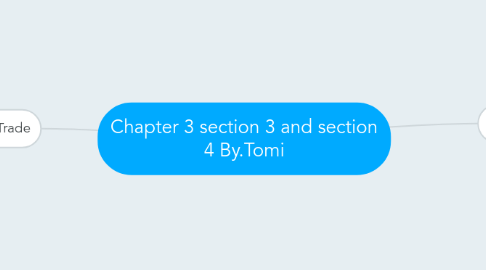
1. Struggle for north america
1.1. Buliding new france
1.1.1. By the early 1500s french fishing boats crossed the Atlantic
1.1.2. Within 200 years the french had occupied or claimed nearly half of north America
1.1.3. In 1534 Jacques Cartier began exploring the coastline of eastern canada, eventually discovering St.lawerance
1.1.4. French explorers and fur traders gradually traveled inland with the help of native allies who sought support against rival groups
1.1.5. The population of new france grew slowly
1.1.6. In late 1600s french king louis XIV set out to strengthen royal power and boost revenues from taxes from his overseas empire
1.1.7. By 1700s french forts, missions, and trading posts stretched from quebec to lousiana and the population was growing
1.2. The English Colonies
1.2.1. In 1497 a venetian navigator known by the english name John cabot found rich fishing grounds in newfoundland which he claimed for england
1.2.2. The English built their first permanent colony at jamestown, virgina, in 1607
1.2.3. The colony made headway when the settlers started to grow and export tobacco, a plant that had been cultivated by native americans for thousands of years
1.2.4. In 1620 another group of english settlers landed at Plymouth, Massachusetts
1.2.5. In the 1600s and 1700s the english established additional colonies
1.2.6. Settlers in all of the colonies spent the early years just struggling to survive
1.2.7. Like the rulers of spain and france english monarchs asserted control over their american colonies
1.2.8. The tradition of consulting representative assemblies grew out of the english experience
1.3. Struggle for power
1.3.1. By the 1600s spain, france, england, and the netherlands all had colonies in north america
1.3.2. By the late 1600s french claims included present-day canada as well as much of the present day central united states
1.3.3. By the 1700s the french and english carribbean islands, worked by enslaved africans, had surpassed the whole north america in exports to europe
1.3.4. During the 1700s britain and france emerged as powerful rivals
1.3.5. In north america war between the two powers erupted in 1754 which was called the french and indian war and it lasted until 1763
1.3.6. The 1763 treaty of paris offically ended the worldwide war and ensured british dominance in north america
2. The Atlantic Slave Trade
2.1. Triangular trade across the atlantic
2.1.1. The atlantic slave trade formed one part of a three legged international trade network known as triangular trade
2.1.2. Triangular trade worked in the following way. On the first leg merchants send goods to africa. The second leg is known as the middle passage were slaves were transported to the americas and the last leg goods like fur and rum and etc.
2.1.3. Triangular trade was immensely profitable for many people
2.1.4. Thriving trade led to successful port cities. European cities such as france and bristol grew prosperous because of triangular trade
2.1.5. Even though few slaves were imported directly to the northen cities the success of the port cities there was made possible by the atlantic slave trade
2.2. Horros of the middle passage
2.2.1. To merchants the middle was just one lag of triangular trade. For enslaved africans the middle passage was a horror
2.2.2. The terrible journey began before the slave set sail. Most africans were taken from inland villages
2.2.3. Many captives died on the long trek to the ships that were on the coast. But those who did make it were to wait in warehouses at slave shipping ports
2.2.4. They were held at the warehouses until european traders arrived by ship
2.2.5. Once purchased the slaves were packed into ships and they were usually in chains
2.2.6. Disease was the biggest threat to the lives of the captives and profit of the merchants
2.2.7. Many afrcians believed that in death they would be returned back their homeland. So they hanged themselves, starved themselves, or leapt overborad (which is false in so many ways but ok.)
2.3. Impact of the atlantic slave trade
2.3.1. The slave brought enormous wealth to merchants and traders and provided the labor that helped profitable colonial economies thrive
2.3.2. Historians still debate on the amount of africans that were "involved" in the atlantic slave trade
2.3.3. In the 1500s it was estimated that about 2,000 enslaved africans were sent to the americas each year
2.3.4. Another 2 million died under the brutal conditions of the middle passage between africa and the americans
